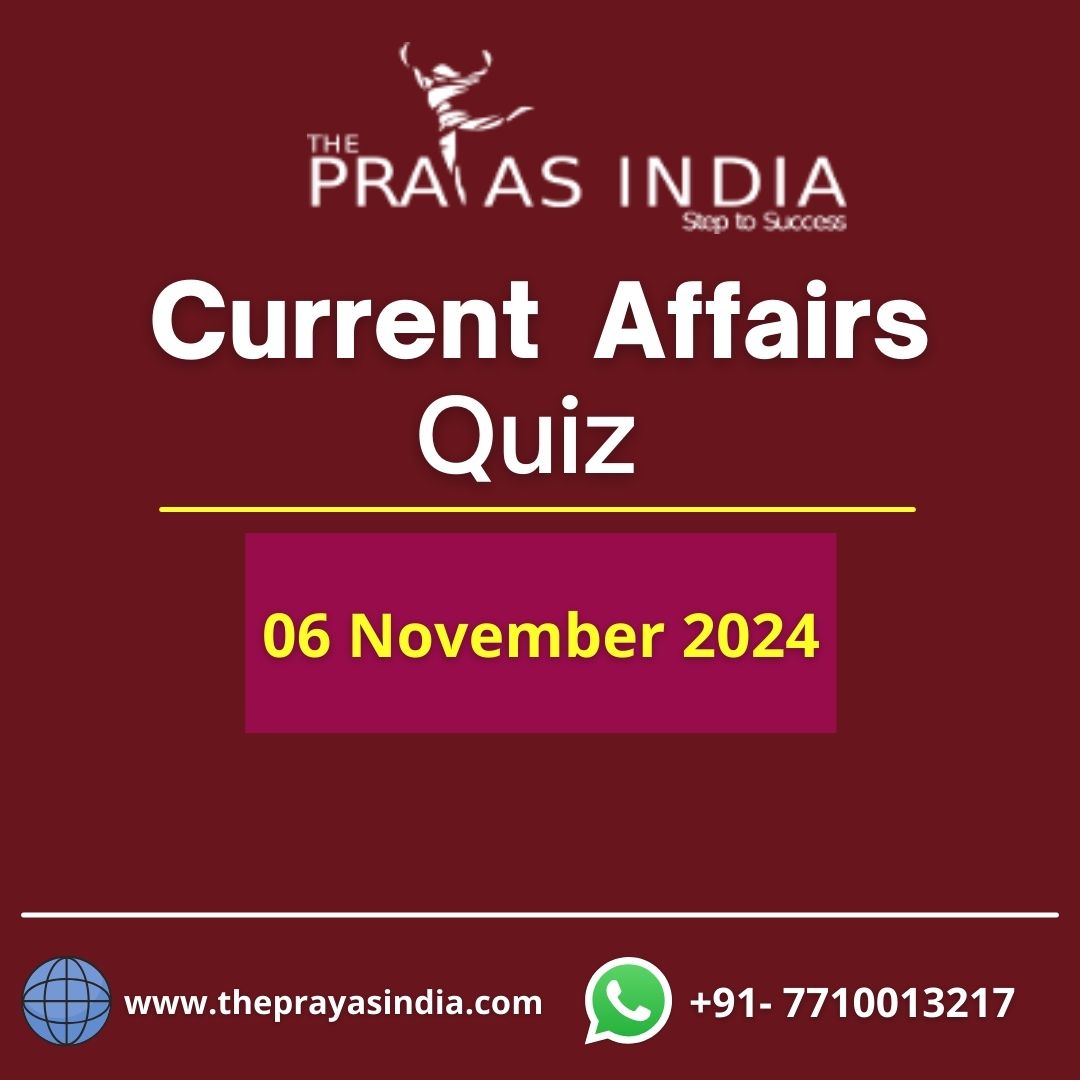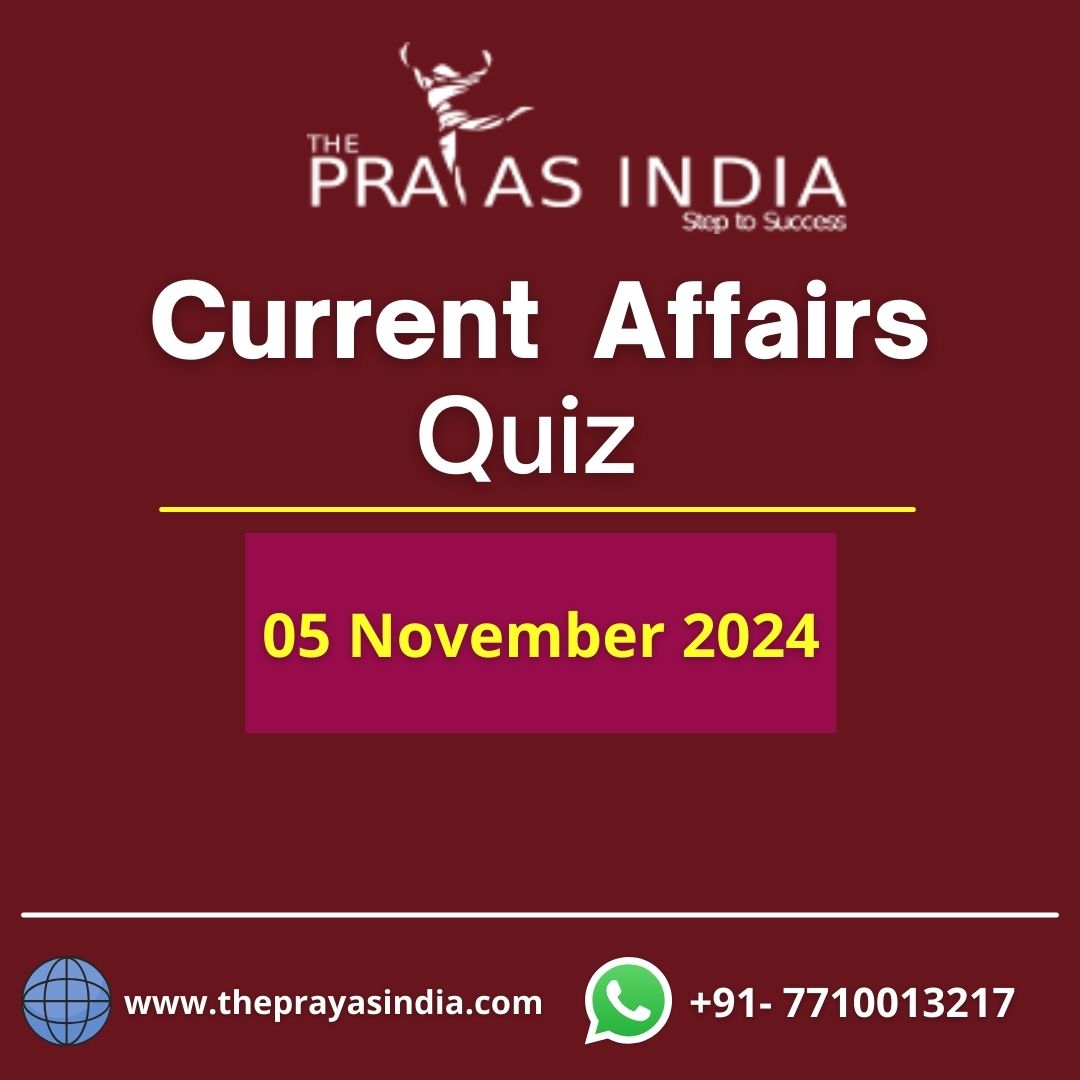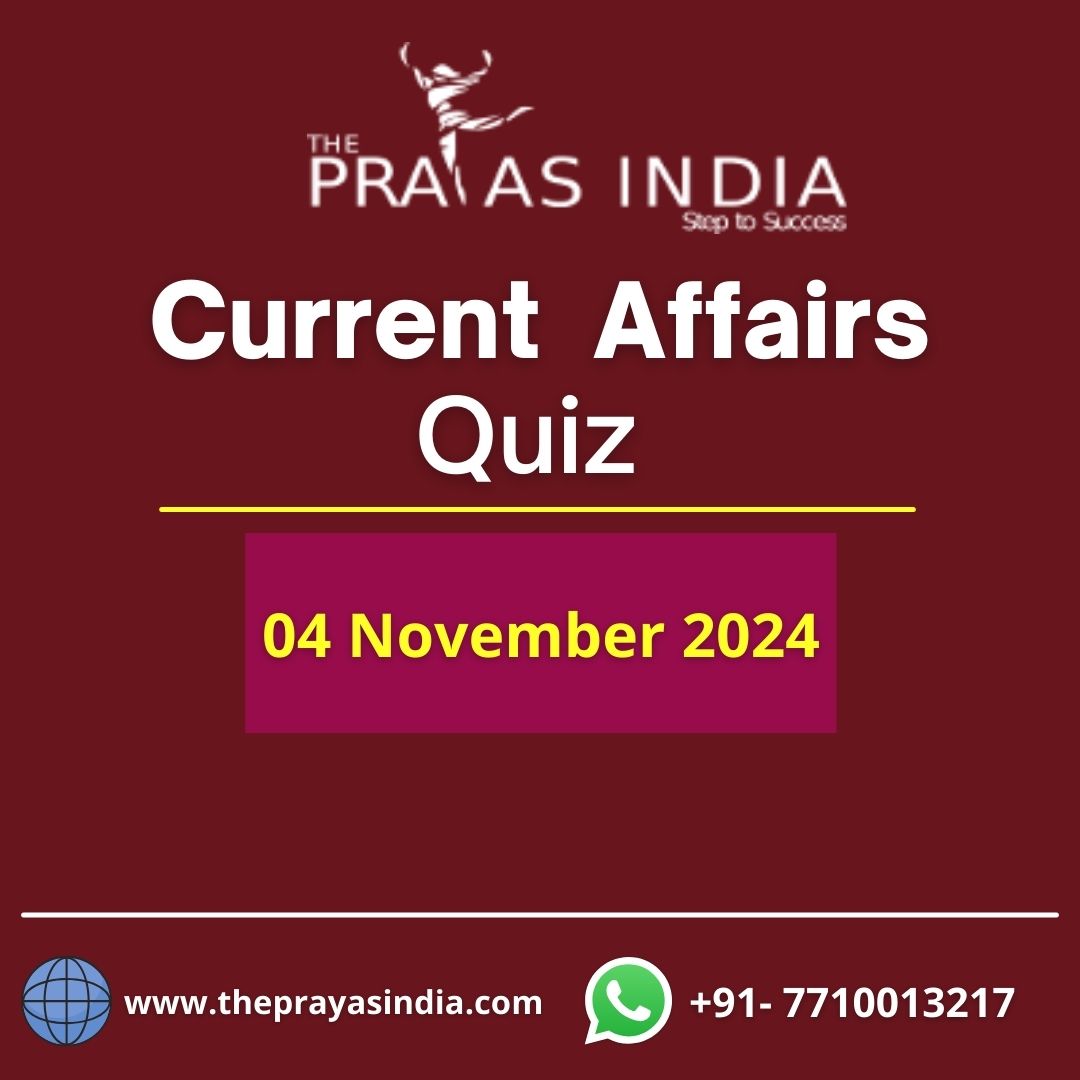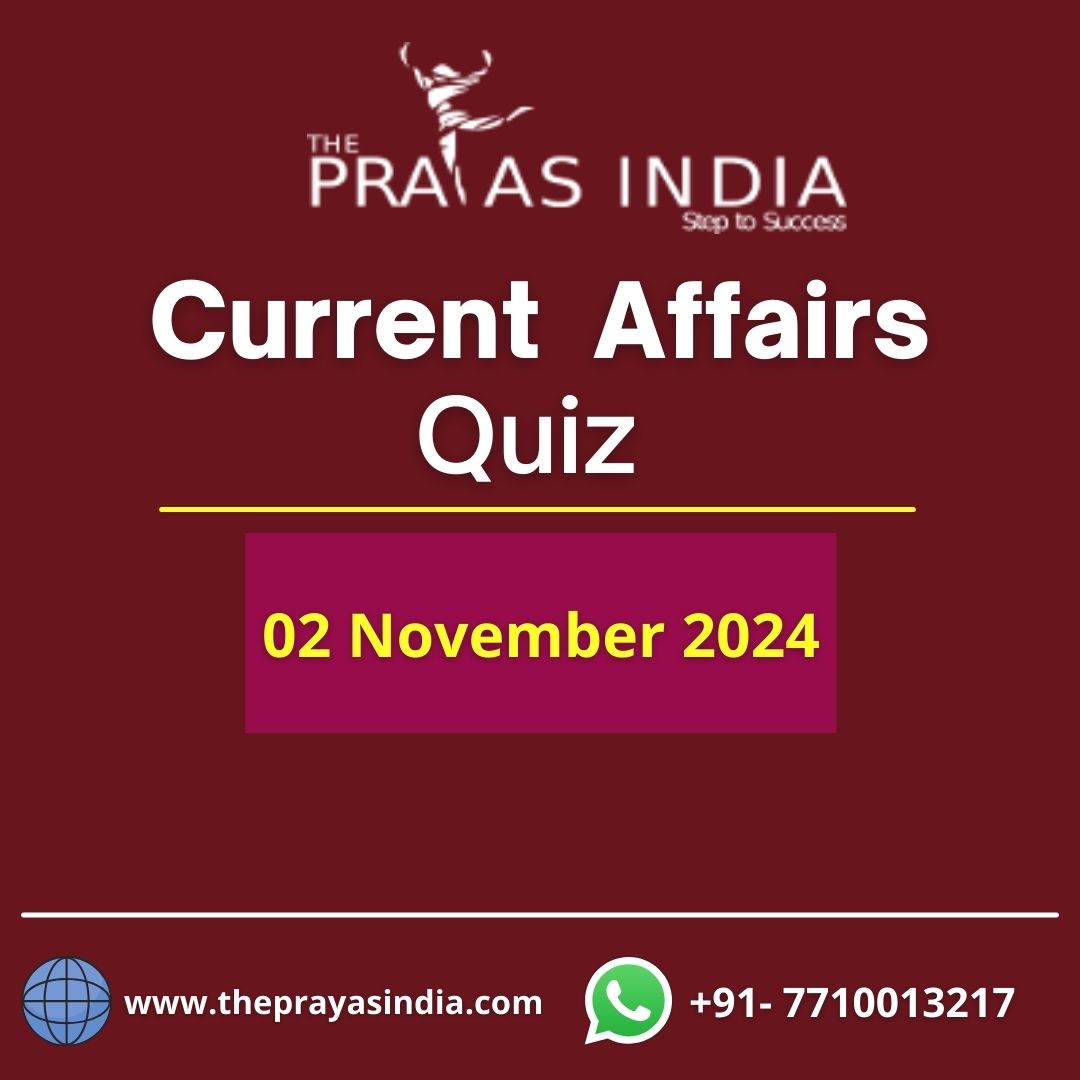Q1. The ‘Cartagena Protocol on Biosafety’ and ‘Nagoya Protocol on Access and Benefit Sharing’ were negotiated under the aegis of the:
(a) United Nations Framework Convention on Climate Change
(b) United Nations Convention to Combat Desertification
(c) United Nations Convention on Biological Diversity
(d) None of the above
Ans: (c)
Explanation:
- At the 1992 Earth Summit in Rio de Janeiro, world leaders agreed on a comprehensive strategy for “sustainable development” — meeting our needs while ensuring that we leave a healthy and viable world for future generations. One of the key agreements adopted at Rio was the Convention on Biological Diversity.
- The Convention on Biological Diversity is the international legal instrument for “the conservation of biological diversity, the sustainable use of its components and the fair and equitable sharing of the benefits arising out of the utilization of genetic resources” that has been ratified by 196 nations.
- The Cartagena Protocol on Biosafety to the Convention on Biological Diversity & the Nagoya Protocol on Access to Genetic Resources and the Fair and Equitable Sharing of Benefits Arising from their Utilization to the Convention on Biological Diversity.
Q2. The “Gujarat Declaration,” is the outcome of the:
(a) WHO Traditional Medicine Global Summit 2023
(b) G20 Summit 2023
(c) United Nations Climate Change Conference 2023
(d) Future Banking Summit 2023
Ans: (a)
Explanation:
- Context: The “Gujarat Declaration,” released as the outcome of the first WHO Traditional Medicine Global Summit 2023, emphasizes the global commitment to harnessing the potential of traditional medicine for the betterment of health and well-being worldwide.
Q3. What is the primary goal of the Dementia India Alliance (DIA)?
(a) To promote the use of traditional Indian medicines for dementia treatment.
(b) To raise awareness about dementia and provide support to caregivers.
(c) To advocate for stricter regulations on the use of electronic devices among the elderly.
(d) To establish a network of Indian restaurants catering exclusively to dementia patients.
Ans: (b)
Explanation:
- The primary goal of the Dementia India Alliance (DIA) is to raise awareness about dementia and provide support to caregivers. DIA is a non-profit organization in India that works towards improving the lives of individuals affected by dementia. It focuses on increasing awareness about dementia as a public health concern and provides resources, education, and support to both caregivers and individuals living with dementia. While traditional Indian medicines and dietary aspects may be part of the holistic approach to dementia care, the core mission of DIA is centered around awareness and support, not promoting specific treatments or advocating for unrelated regulations like the use of electronic devices or specialized restaurants for dementia patients.
Q4. Which of the following statements about volcanic rock is true?
(a) Volcanic rocks are only found on land.
(b) Volcanic rocks form from the solidification of magma.
(c) Volcanic rocks are always black in color.
(d) Volcanic rocks are formed by the compression of sedimentary layers.
Ans: (b)
Explanation:
- Context: In May 2020, scientists discovered unusual rocks containing distinctive greenish crystals in the Sahara Desert, which were identified as remnants from the early Solar System.
- These rocks are pieces of the meteorite known as Erg Chech 002, making it the oldest volcanic rock ever found, dating back approximately 4.56556 billion years.
- Volcanic rocks form from the solidification of magma.
- Volcanic rocks, also known as extrusive igneous rocks, are formed from the solidification of magma that erupts from volcanoes or cools and solidifies on the Earth’s surface. This process occurs relatively quickly, allowing for the formation of fine-grained rocks. The composition and color of volcanic rocks can vary widely, ranging from dark basalts to light-colored rhyolites and everything in between.
Q5. Consider the following statements:
- Cartesian coordinates are named after the famous explorer Christopher Columbus.
- In Cartesian coordinates, points are represented by ordered pairs (x, y).
- Cartesian coordinates are only used in mathematics and have no real-world applications.
- Cartesian coordinates were first introduced in ancient Greece.
How many of the above statements given is/are correct?
(a) Only one
(b) Only two
(c) Only three
(d) All four
Ans: (a)
Explanation:
- S2: This statement is true. Cartesian coordinates, developed by René Descartes, represent points in a two-dimensional space using ordered pairs (x, y), where ‘x’ represents the horizontal position (abscissa) and ‘y’ represents the vertical position (ordinate). This system is fundamental in mathematics and has wide-ranging real-world applications in fields such as physics, engineering, computer graphics, and geography.
- S1: This statement is incorrect. Cartesian coordinates are not named after Christopher Columbus. They are named after René Descartes, a French philosopher, mathematician, and scientist.
- S3: This statement is incorrect. Cartesian coordinates have numerous real-world applications, as mentioned above.
- S4: This statement is incorrect. While the concept of coordinates and geometry was studied in ancient Greece, the Cartesian coordinate system, as we know it today, was introduced by René Descartes in the 17th century.




